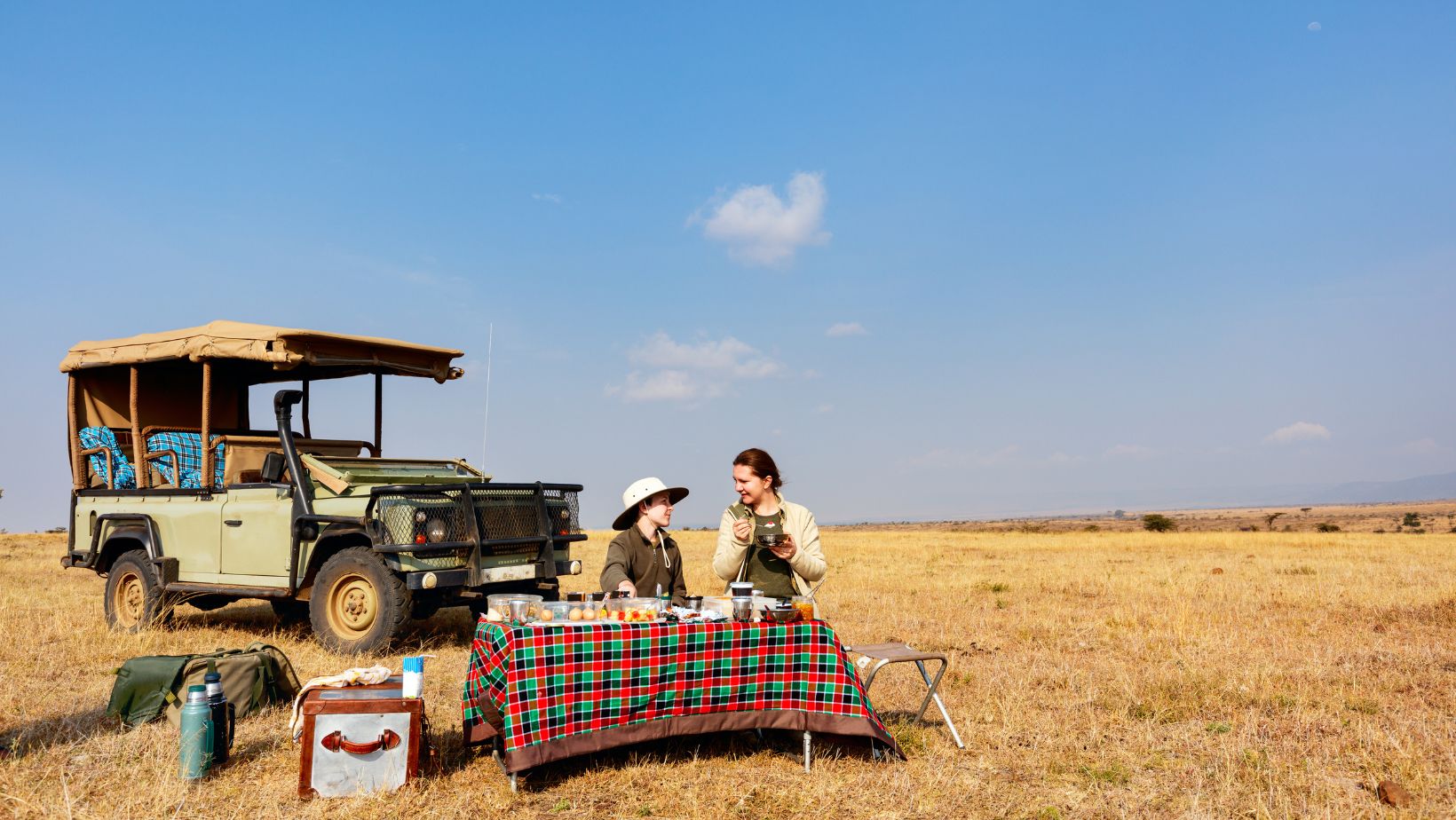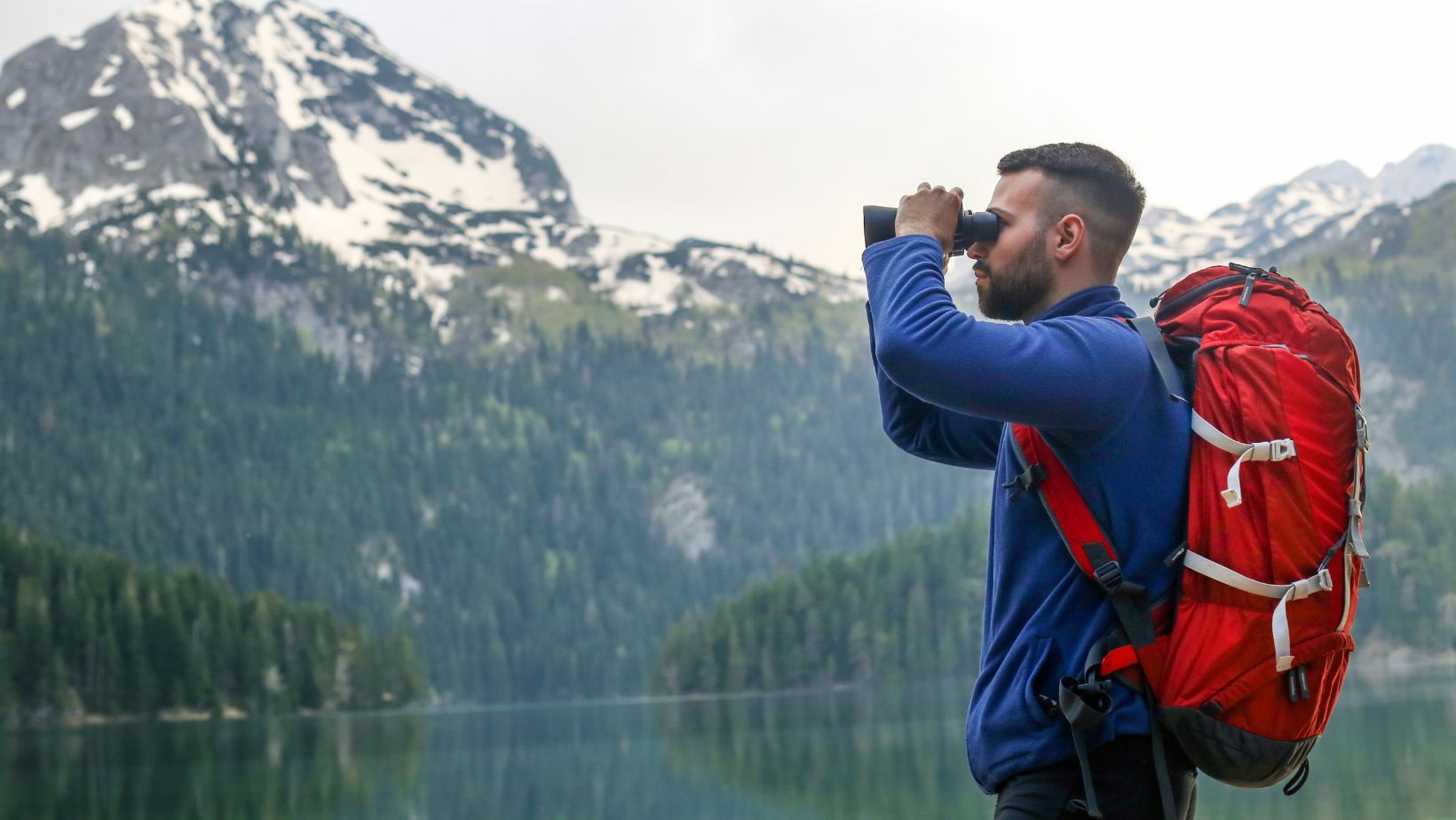Outdoor Gear Closet
Organizing outdoor gear isn’t an option, it’s a necessity. Gear arranged in a systematic way aids in locating items swiftly when needed. For example, if headlamps, compasses, and other navigation items are placed separately, there’s no last-minute search for them before a trip.  Camping tents, trekking poles, and carabiners, placed in proximity, ease packing efforts. Efficient organization minimizes the risk of forgetting important equipment, which, in turn, reduces potential hazards during adventures.
Camping tents, trekking poles, and carabiners, placed in proximity, ease packing efforts. Efficient organization minimizes the risk of forgetting important equipment, which, in turn, reduces potential hazards during adventures.
High-quality outdoor gear constitutes a considerable investment. An outdoor gear closet isn’t solely an organizing tool but acts as a protective entity too. Without a dedicated gear closet, items like sleeping bags and bulky winter jackets could end up crammed into tight corners, causing damage. Compare a $300 tent folded and stored in an appropriately spaced shelf to being cramped in a box. The former, obviously, enhances gear lifespan. In essence, having a dedicated outdoor gear closet goes a long way in safeguarding investments in pricy equipment.
Key Considerations When Buying an Outdoor Gear Closet
Acquiring an outdoor gear closet necessitates attention to key aspects. Valuing these factors aids in dominantly driving the selection process towards a suitable purchase. A private evaluation of one’s outdoor equipment array forms the foundation for the size and capacity requirements. Bigger assortments ask for large gear closets promising ample storage space, that could be anything above 40 cubic feet. Conversely, a beginner-focused collection may fit comfortably in a compact model, around 20 cubic feet for instance. Balance the selected closet’s size with the storage area available at home, measuring brilliance in planning.
Material choice plays a defining role in the closet’s lifespan. Closets constructed from hardy materials, such as heavy-duty resin or steel construction, prove more resistant to wear and tear. Durability also extends to the closet’s ability to avoid moisture intrusion and damage, critical for maintaining the gear in optimum condition. An example, metal gear closets with powder-coated finishes often come out on top in the durability stakes.
Engage with gear closets that extend a smooth assembly process. The use of a minimal number of tools for assembly embodies esteem in user convenience. Some models come pre-assembled or with explicit assembly instructions easing out the installation process. Furthermore, gear closets that incorporate adjustable shelves, convenient hook arrangements, and lockable doors render enhanced functionality, thereby improving user experience. For example, the Rubbermaid Outdoor Storage Cabinet flaunts all these features, thus exuding user-friendliness.
Types of Outdoor Gear Closets
Interested in minimizing clutter and maximizing space? Different types of outdoor gear closets suit varieties of needs and spaces. A standalone closet offers an excellent storage solution. These standalone units typically offer ample storage, complete with adjustable shelves, dividers, and even lockable doors. They’re sturdy, usually made of materials like heavy-duty resin or steel, ensuring longevity and sturdiness.  For illustration, the Rubbermaid Outdoor Storage Cabinet provides an extensive layout, balancing storability with compactness. Equipped with shelves and compartments, it facilitates systematic arrangement and easy access to items. However, considering room availability becomes crucial before investing in stand-alone closets.
For illustration, the Rubbermaid Outdoor Storage Cabinet provides an extensive layout, balancing storability with compactness. Equipped with shelves and compartments, it facilitates systematic arrangement and easy access to items. However, considering room availability becomes crucial before investing in stand-alone closets.
For those with limited floor space, wall-mounted racks can be an ideal option. These racks utilize wall space to house items like ski gear, climbing equipment, or camping tools. Options vary from simple hooks and panels to complex units with dedicated spots for specific items. For instance, the StoreYourBoard Gear wall rack holds items of various sizes and shapes, optimizing utilization of wall space. However, keep note of the load capability before mounting heavy gears.
Multi-purpose storage units are the Swiss army knives of gear closets. They combine various storage types – shelves, racks, hooks, and bins – into one unit. Highly adaptable, they cater to an extensive range of outdoor equipment. A popular choice is the Keter Storage Cabinet, which combines shelving with a bottom drawer. Its lockable doors safeguard equipment and ensure security. However, cross-checking the dimensions and its compatibility with the gear collection makes for an informed investment in multipurpose storage units.

